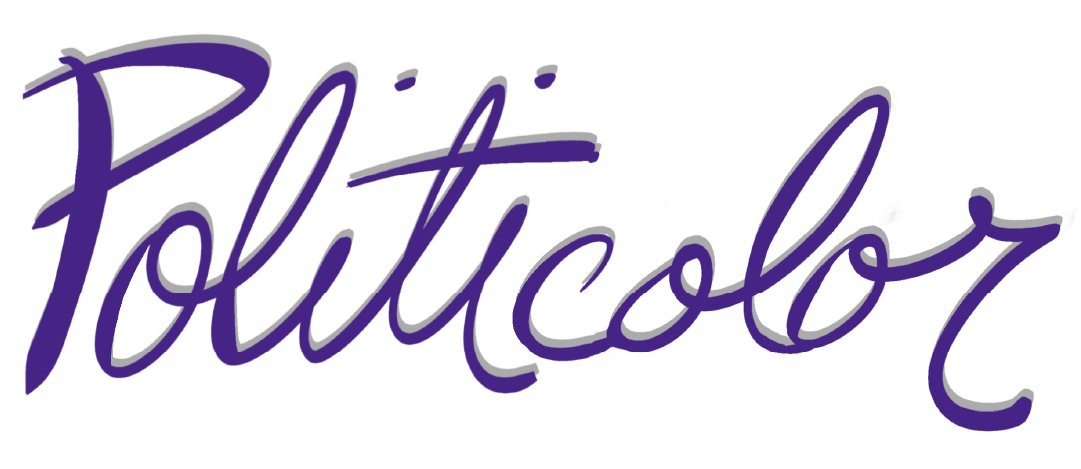As classic works become more familiar you find those ideas are anything but dead and gone. In fact, they have us surrounded. The ubiquity of ideas you’ve come to associate with Aristotle, Hobbes, Locke, Federalists or Antifederalists suggests those writers captured something fundamental about how we understand the world and ourselves. Our Echoes series attempts to capture these reverberations through time. Perhaps there is new insight to be seen by presenting the past to the present and vice versa.
I recently read Imagine: How Creativity Works by Jonah Lehrer in an attempt to keep thinking creatively despite the doldrums of dissertation writing. It’s a smooth read that attempts to match the mythology of creativity with the science behind a number of recognizable moments of genius, from the Swiffer to Pixar and from 3M’s masking tape to Broadway’s biggest success stories.
[vimeo]http://vimeo.com/38626605[/vimeo]
Jonah Lehrer shares his understanding of how creativity works
There was one moment, however, where I thought I saw Aristotle among these modern marvels. Lehrer was talking about why brainstorming doesn’t work.
I know a good number of you are teachers. And I can guess that some of you have used brainstorming in the classroom. With my eight years in the classroom and lifetime of thinking, I regularly came to the conclusion that I was doing it wrong. I never managed to unlock the magic mojo. It always felt silly, random and exhausting. I hated being the person at the front of the room who had to DO SOMETHING with the list once it was generated!
So, when Lehrer beat down all the magic talk of brainstorming with evidence that constructive criticism does more for creativity, I nearly threw my fist in the air and shouted, “hell yeah!”. He demonstrates how Pixar used their morning meetings of criticism and “plussing” to take Toy Story 2 from a dismal beginning to blockbuster success. Plussing makes all the difference; it’s “a technique that allows people to improve an idea without using harsh or judgmental language… whenever work is criticized, the criticism should contain a plus, a new idea that builds on the flaws in a productive manner.” Lehrer then connects this practice with an experiment conducted by Charlan Nemeth at UC-Berkley where she put brainstorming into direct competition with constructive criticism. The group encouraged to debate produced more ideas while they worked together and had even more to add after the session had ended.
According to Nemeth, the reason criticism leads to more new ideas is that it encourages us to fully engage with the work of others. We think about their concepts because we want to improve them; it’s the imperfection that leads us to really listen. (And isn’t that the point of a group:? If we’re not here to make one another better, then why are we here?)
And the echo I heard was from Aristotle’s “pot luck” feast in Book III of Politics:
There is this to be said for the many: each of them by himself may not be of a good quality; but when they all come together it is possible that they may surpass–collectively and as a body, although not individually–the quality of the few best, in much the same way that feasts to which many contribute may excel those provided at one person’s expense. For when there are many, each has his share of goodness and practical wisdom; and, when all meet together the people may thus become something like a single person, who, as he has many feet, many hands, and many senses, may also have many qualities of character and intelligence.
This “creature” of many feet, hands and senses gets to a qualitative assessment of how we come together over brainstorming or plussing or any effort at collective action. The trick is in designing an experience that not only seeks to have everyone contribute but seeks to have everyone contribute according to their strengths and unique perspective.

